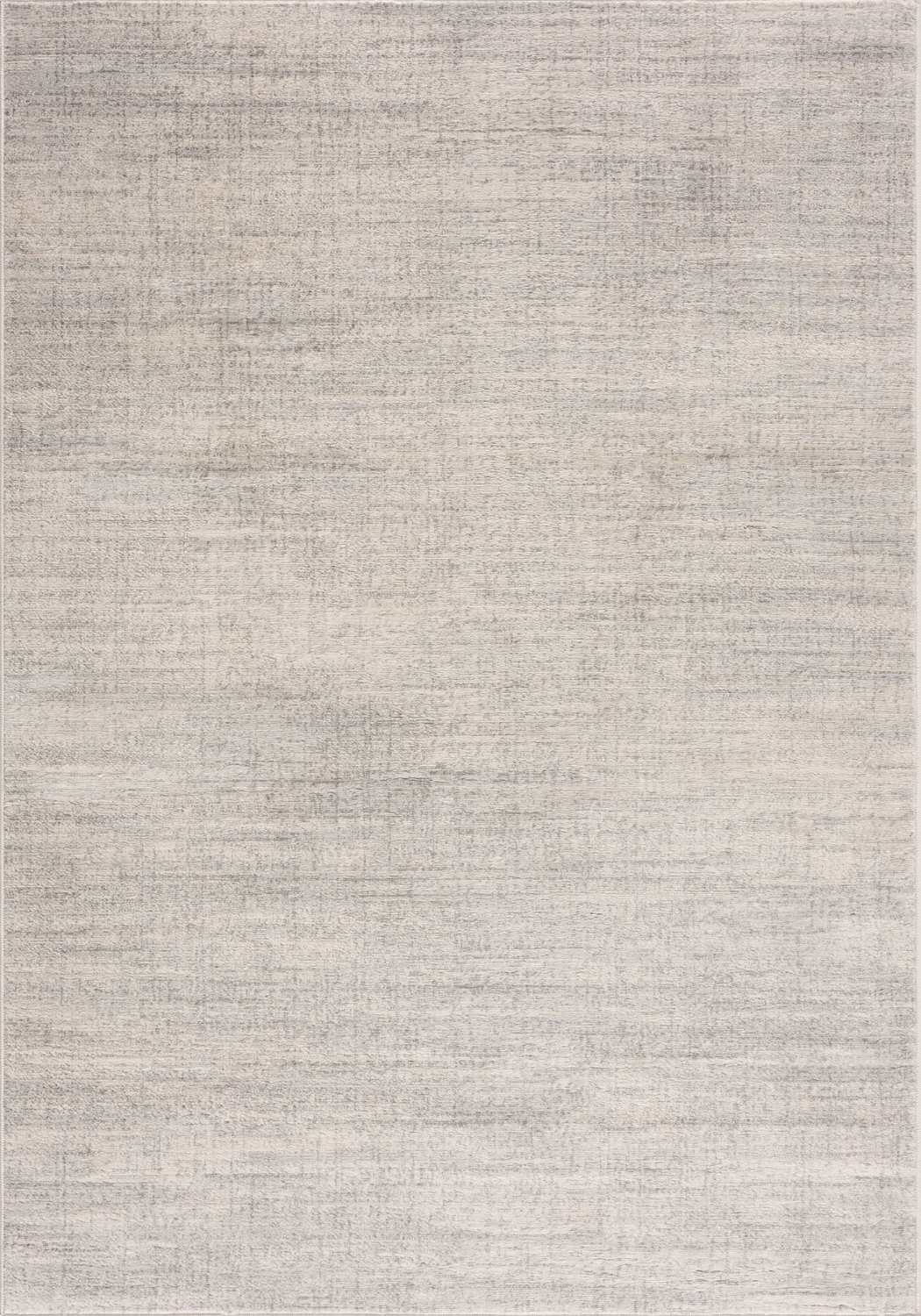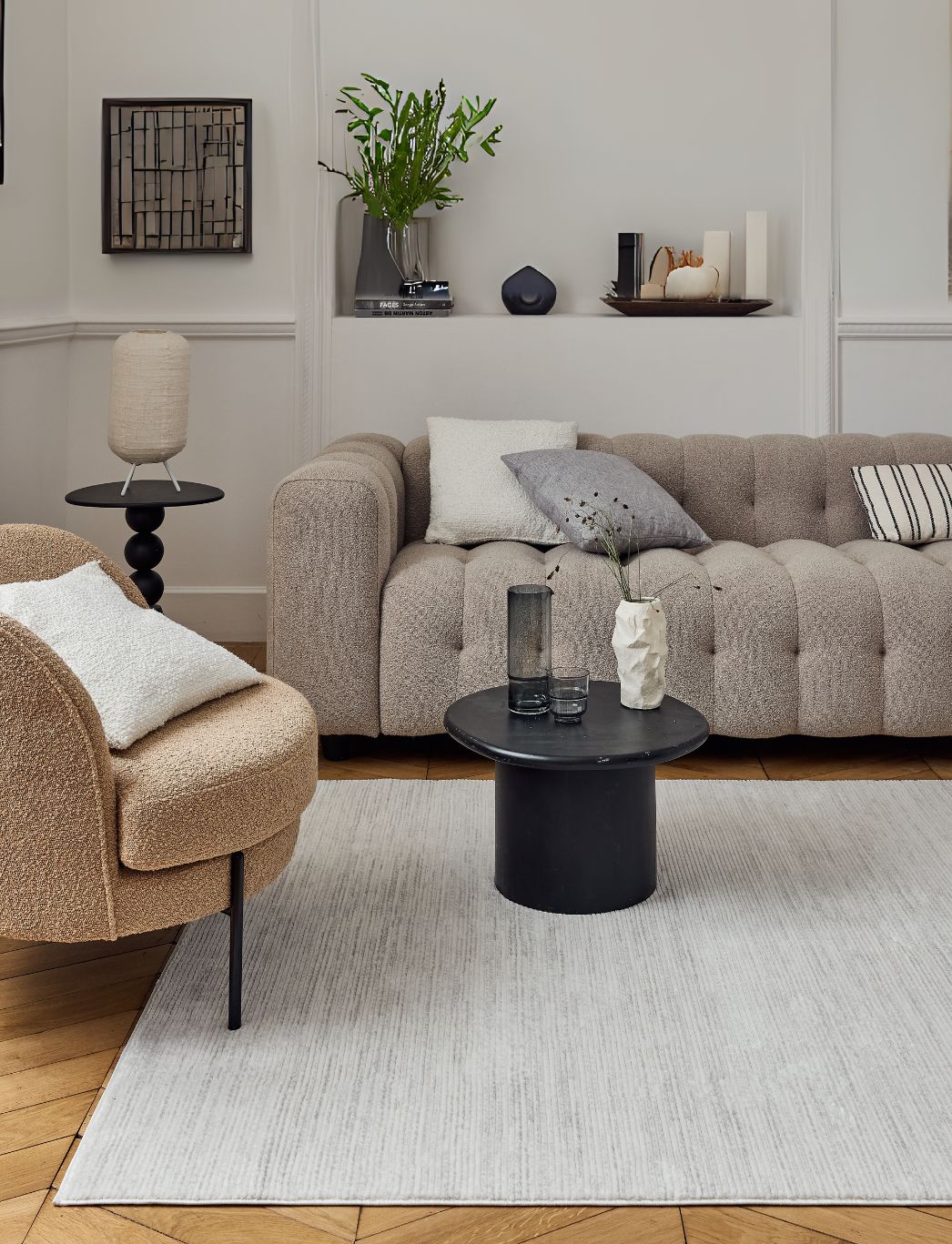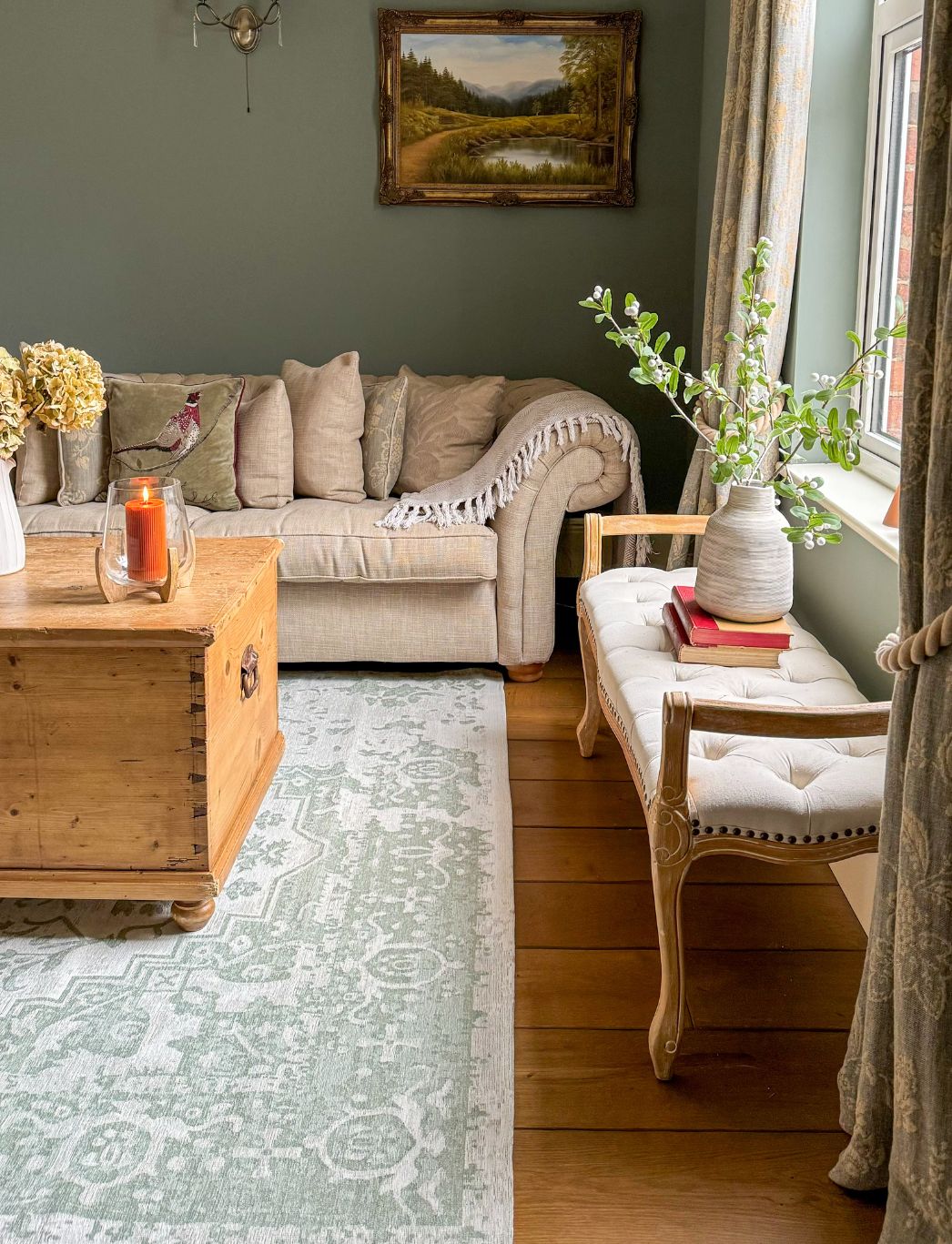Everything You Should Know about Outdoor Rugs

Is it OK to put an outdoor rug on a wooden deck?
Firstly, the outdoor rugs that trap in water will definitely damage wood decks. For instance natural fibers such as jute and sisal will trap in water. However, since our outdoor rugs are made out of polypropylene, that is a great material for outdoors as it is fade and stain resistant, won’t give any damage to your wooden deck.
Can you leave outdoor rugs outside?
Our outdoor rugs are water and weather resistant. Simply put, they barely absort water, they dry a lot quicker after getting wet. Thanks to these characteristics outdoor rugs can be left outside and stay outside even in the rain.

Is a polypropylene rug waterproof?
Because of its ability to absorb, polypropylene makes for a great waterproof outdoor rug. Furthermore, it will not grow mold or mildew when exposed to water – strengthening its durability. It means it won’t damage your patio or cause any smell.
We might have to spend a lot of time when trying to decide on outdoor furniture and items. As much as our indoor pieces should be completing and in harmony with another, an outdoor rug should take on the same functionality. So, before and after buying, you should make sure you are ticking all the boxes. Down below, I will shortly list some of the basic points about what you should and NOT do:

Dos
- Do find an outdoor rug style/design that will complete your outside decoration.
- Do use a rug pad with your outdoor rug.
- Do measure your space and be careful about the size and shape you imagine.
- Do choose an outdoor rug that accents the space it’s going to inhabit.
Don’ts
- Don’t directly bring your outdoor rug into your indoor space; you might need to get rid of the dust and residues first.
- Don’t be afraid of being brave when choosing an outdoor rug that has vibrant colors. Besides colors, repetitive or different patterns as well can be ideal
- Don’t forget to measure your space before buying or have a look at our size guide on the product page.
Alright folks, these are the the quick and important information for outdoor rugs.
You Should Know About Outdoor Rugs Pros and Cons: Essential Insights
Outdoor rugs can transform your exterior spaces, but it's crucial to understand their advantages and drawbacks. On the plus side, these rugs add comfort and style to patios, decks, and balconies. They're typically designed to withstand weather conditions and are easy to clean. However, outdoor rugs may fade over time due to sun exposure and might require more frequent replacement than indoor rugs. Some may also retain moisture, potentially leading to mildew if not properly cared for. Consider your specific outdoor environment and maintenance preferences when deciding if an outdoor rug is right for your space.

Polypropylene Outdoor Rugs: Durable Solutions for Exterior Decor
Polypropylene is a popular material for outdoor rugs, offering several benefits for exterior use. These rugs are highly resistant to moisture, making them ideal for areas exposed to rain or high humidity. They're also UV-resistant, helping to maintain their colour despite sun exposure. Polypropylene rugs are easy to clean and resistant to stains, perfect for high-traffic outdoor areas. However, they may not feel as plush as natural fibre rugs. When selecting a polypropylene outdoor rug, look for options with tight weaves for increased durability and longevity.
What Are Outdoor Rugs Made Of: Materials for Exterior Durability
Outdoor rugs are crafted from materials designed to withstand the elements. Common materials include:
- Polypropylene: Synthetic, water-resistant, and durable.
- Polyester: Resistant to fading and easy to clean.
- Nylon: Strong and resilient, good for high-traffic areas.
- Jute and Sisal: Natural fibres for a more organic look, but less resistant to moisture.
- Recycled plastics: Eco-friendly options gaining popularity.
Each material offers different benefits in terms of durability, feel, and appearance. Consider your specific outdoor conditions and aesthetic preferences when choosing the right material for your space.
Pros and Cons of Outdoor Rugs: Weighing Your Options
Understanding the pros and cons of outdoor rugs can help you make an informed decision for your exterior spaces.
Pros:
- Enhance aesthetic appeal of outdoor areas
- Provide comfort underfoot on hard surfaces
- Define spaces in large outdoor settings
- Easy to clean and maintain
Cons:
- May fade over time due to sun exposure
- Can retain moisture, potentially leading to mildew
- Might require more frequent replacement than indoor rugs
- Some materials may not be as soft as indoor alternatives
Consider these factors in relation to your specific outdoor environment and personal preferences to determine if an outdoor rug is the right choice for your space.
How Long Do Outdoor Rugs Last: Durability and Lifespan
The lifespan of outdoor rugs varies depending on several factors, including material, quality, and exposure to elements. On average, a well-maintained outdoor rug can last 2-3 years. However, high-quality rugs made from durable materials like polypropylene may last up to 5 years or more. Factors that affect longevity include:
- Sun exposure: UV rays can cause fading and material breakdown
- Moisture levels: Excessive moisture can lead to mildew and deterioration
- Foot traffic: High-traffic areas may wear faster
- Maintenance: Regular cleaning and proper storage can extend lifespan
To maximise the life of your outdoor rug, consider rotating it periodically to ensure even wear and storing it during harsh weather conditions.

Outdoor Rug Pad: Essential Accessory for Comfort and Protection
An outdoor rug pad is a valuable addition to your exterior decor, offering multiple benefits:
- Prevents slipping: Adds grip between the rug and surface, enhancing safety
- Protects the rug: Reduces wear and tear from friction against hard surfaces
- Improves comfort: Adds cushioning for a softer feel underfoot
- Enhances drainage: Allows water to flow through, reducing moisture retention
When selecting an outdoor rug pad, look for materials designed to withstand outdoor conditions, such as PVC or synthetic rubber. Ensure the pad is slightly smaller than your rug to keep it hidden and effective. A quality rug pad can significantly extend the life of your outdoor rug while improving its performance and comfort.
Best Outdoor Rug Material for Rain: Weather-Resistant Options
When selecting an outdoor rug for rainy conditions, certain materials stand out for their water-resistant properties:
- Polypropylene: Highly water-resistant and quick-drying
- Polyester: Repels water and resists mildew growth
- Nylon: Durable and water-resistant, though may take longer to dry
- Recycled plastics: Often designed with excellent drainage properties
Look for rugs labelled as "all-weather" or "water-resistant". Additionally, consider rugs with an open weave or perforated design that allows water to drain easily. While these materials perform well in wet conditions, it's still advisable to allow your rug to dry thoroughly after heavy rain to prevent mould and mildew growth.
What to Look for in an Outdoor Rug: Key Considerations for Selection
When choosing an outdoor rug, several factors should guide your decision:
- Material: Opt for weather-resistant fibres like polypropylene or polyester
- Size: Ensure the rug fits your space properly, leaving room for furniture
- Colour and pattern: Consider fade-resistant options that complement your outdoor decor
- Texture: Look for flat weaves or low piles for easier cleaning and maintenance
- Durability: Check for reinforced edges and tight weaves for longevity
- Cleaning ease: Choose rugs that can be easily hosed down or spot-cleaned
- UV resistance: Important for areas with high sun exposure
- Drainage: Look for designs that allow water to pass through easily
Additionally, consider the specific conditions of your outdoor space, such as exposure to direct sunlight, moisture levels, and foot traffic. A rug that matches these criteria will not only enhance your outdoor area but also provide lasting enjoyment with minimal maintenance.
Can outdoor rugs be left outside?
Yes, outdoor rugs are designed to be left outside. They are made with weather-resistant materials that can withstand various outdoor conditions. However, to extend their lifespan, it's advisable to bring them in during extreme weather or prolonged periods of non-use.
What material is best for an outdoor rug?
The best materials for outdoor rugs are synthetic fibers like polypropylene, polyester, or nylon. These materials are highly durable, resistant to moisture, and can withstand UV exposure, making them ideal for outdoor use.
Do outdoor rugs survive the rain?
Most outdoor rugs are designed to survive rain. They are made with water-resistant materials that dry quickly and resist mold and mildew. However, it's important to ensure proper drainage to prevent water from pooling underneath the rug.
Are outdoor rugs a good idea?
Outdoor rugs are an excellent idea for enhancing outdoor spaces. They add comfort and style to patios, decks, and porches while being durable and easy to maintain. They also help define outdoor living areas and protect surfaces underneath.
Should I put anything under an outdoor rug?
Placing a rug pad under an outdoor rug is recommended. It helps improve air circulation, prevents moisture buildup, and protects the surface underneath. It also adds cushioning and prevents the rug from slipping or shifting.
Does mold grow under outdoor rugs?
Mold can grow under outdoor rugs if moisture is trapped. To prevent this, ensure proper drainage and air circulation. Using a rug pad and regularly cleaning and drying the area underneath can significantly reduce the risk of mold growth.
Do outdoor rugs fade in the sun?
While outdoor rugs are designed to be UV-resistant, prolonged exposure to intense sunlight can cause some fading over time. Choosing rugs with solution-dyed fibers can help minimize fading and maintain vibrant colors for longer periods.
Can you put outdoor rug on concrete?
Yes, outdoor rugs can be placed on concrete. They can soften hard surfaces and add warmth to outdoor spaces. However, ensure proper drainage and use a rug pad to prevent moisture buildup and protect both the rug and concrete surface.
Should I waterproof my outdoor rug?
Most outdoor rugs are already water-resistant. However, applying an additional waterproofing spray can enhance protection against moisture and stains, potentially extending the rug's lifespan, especially in areas with frequent rain or high humidity.
How long does an outdoor rug last?
With proper care, an outdoor rug can last 3-5 years or more. Factors affecting longevity include material quality, exposure to elements, frequency of use, and maintenance. Regular cleaning and proper storage during off-seasons can significantly extend its life.
Can I put an outdoor rug on grass?
While possible, placing an outdoor rug directly on grass is not ideal. It can damage the grass underneath and trap moisture. If used on grass, ensure it's for short periods and the grass is allowed to breathe regularly.
Can you put an outdoor rug on dirt?
Placing an outdoor rug directly on dirt is not recommended. It can lead to uneven surfaces and moisture retention. If desired, consider creating a stable base with pavers or a deck before laying the rug for better performance and longevity.
Do outdoor rugs need to be covered?
Covering outdoor rugs is not necessary but can prolong their lifespan. During severe weather or extended periods of non-use, covering the rug or storing it indoors can protect it from excessive wear and tear caused by the elements.
Is it OK for outdoor rugs to get wet?
Outdoor rugs are designed to withstand moisture, so getting wet is generally okay. They are made with quick-drying materials resistant to mold and mildew. However, ensure proper drying to prevent prolonged moisture exposure and potential damage.
Are outdoor patio rugs worth it?
Outdoor patio rugs are worth the investment. They enhance the aesthetic appeal of outdoor spaces, provide comfort underfoot, and can protect deck or patio surfaces. They also help define outdoor living areas, making them more inviting and functional.
Should I put an outdoor rug on my deck?
Placing an outdoor rug on a deck can enhance its appearance and comfort. It can also protect the deck surface from wear and tear. Ensure proper drainage and use a rug pad to prevent moisture buildup and potential damage to the deck.
Can you leave outdoor rugs outside in the rain?
Most outdoor rugs can withstand rain. They are designed with water-resistant materials that dry quickly. However, ensure proper drainage to prevent water pooling, and allow the rug to dry completely after rainfall to maintain its condition.
Do outdoor rugs get moldy underneath?
Outdoor rugs can develop mold underneath if moisture is trapped. To prevent this, ensure good air circulation and use a rug pad. Regularly lifting the rug to clean and dry the surface underneath can also help prevent mold growth.
Do outdoor rugs trap moisture?
While outdoor rugs are designed to be moisture-resistant, they can trap some moisture if not properly maintained. Using a rug pad and ensuring adequate drainage can significantly reduce moisture retention and potential related issues.
Can you put an outdoor rug on a concrete slab?
Yes, outdoor rugs can be placed on concrete slabs. They can soften the hard surface and add warmth to the space. Use a rug pad to improve air circulation, prevent moisture buildup, and protect both the rug and concrete surface.
Why do people put rugs outside?
People use outdoor rugs to enhance the aesthetics of their outdoor spaces, define living areas, add comfort underfoot, and protect surfaces. They help create a cohesive look between indoor and outdoor spaces, making patios and decks more inviting.
Do you wash outdoor rugs?
Yes, outdoor rugs should be cleaned regularly. Most can be hosed down with water and mild soap. For deeper cleaning, use a soft brush or follow manufacturer's instructions. Always allow the rug to dry completely before use to prevent mold growth.
What's the point of outdoor rugs?
Outdoor rugs serve multiple purposes: they enhance aesthetics, define outdoor living spaces, and provide comfort underfoot. They also help to reduce dust and dirt tracked indoors and can protect deck or patio surfaces from wear and tear.
What material is best for outdoor rugs?
The best materials for outdoor rugs are synthetic fibers like polypropylene, polyester, and nylon. These materials offer excellent durability, resistance to UV rays, and quick-drying properties. They're also typically mold and mildew resistant, making them ideal for outdoor use.
Do I need to put anything under an outdoor rug?
While not always necessary, placing a rug pad underneath an outdoor rug can provide several benefits. It helps prevent slipping, improves air circulation to reduce moisture buildup, and can extend the life of your rug by reducing wear from friction against the ground.
What are the disadvantages of outdoor rugs?
Some disadvantages of outdoor rugs include:
- Potential for mold and mildew if not properly maintained
- Fading over time due to sun exposure
- Regular cleaning required to maintain appearance
- May trap moisture on certain surfaces
- Lower durability compared to indoor rugs
Can you leave outdoor rugs in the rain?
Most outdoor rugs are designed to withstand rain and can be left outside during wet weather. However, it's important to ensure the rug can dry completely after rainfall to prevent mold and mildew growth. For prolonged wet conditions, consider rolling up the rug to allow the surface underneath to dry.
How long do outdoor rugs last?
The lifespan of outdoor rugs varies depending on quality, material, and maintenance. On average, a well-maintained outdoor rug can last 3-5 years. High-quality rugs made from durable materials like polypropylene may last even longer. Regular cleaning and proper storage during off-seasons can significantly extend their life.
Is it okay to put an outdoor rug on concrete?
Yes, it's perfectly fine to place an outdoor rug on concrete. In fact, rugs can enhance the appearance of concrete patios and provide a more comfortable surface. However, ensure there's proper drainage to prevent water from pooling underneath, which could lead to mold growth.
Do outdoor rugs get hot?
Outdoor rugs can get warm in direct sunlight, but most are designed to resist extreme heat. Lighter colored rugs and those made from synthetic materials like polypropylene tend to stay cooler. If heat is a concern, consider placing the rug in a shaded area or using it during cooler parts of the day.
How to prevent outdoor rugs from mold?
To prevent mold on outdoor rugs:
- Ensure proper air circulation beneath the rug
- Clean regularly and allow to dry completely
- Use a rug pad to improve airflow
- Avoid placing rugs on damp surfaces
- Store in a dry place during extended wet periods
How to get rid of mold on an outdoor rug?
To remove mold from an outdoor rug:
- Brush off visible mold outdoors
- Mix a solution of water and mild detergent or vinegar
- Scrub the affected areas thoroughly
- Rinse well with clean water
- Dry completely in direct sunlight
- For stubborn mold, consider using a specialized mold cleaner
Do outdoor rugs cause mold?
Outdoor rugs themselves don't cause mold, but they can create conditions conducive to mold growth if not properly maintained. Mold thrives in damp, dark environments. To prevent mold, ensure your rug is placed in a well-ventilated area and can dry quickly after exposure to moisture.
Can a moldy rug be saved?
In many cases, a moldy rug can be saved if the mold is caught early and treated properly. Thorough cleaning and complete drying are key. For extensive mold growth or rugs made of natural fibers, professional cleaning may be necessary. If the mold has penetrated deep into the fibers or backing, replacement might be the best option.
Is outdoor mold harmful?
Outdoor mold can be harmful, especially for individuals with allergies, asthma, or compromised immune systems. While generally less concentrated than indoor mold, prolonged exposure to outdoor mold can cause respiratory issues and skin irritation. It's best to address mold growth promptly to minimize potential health risks.
Can you fix a moldy rug?
Yes, a moldy rug can often be fixed through proper cleaning and treatment. The process involves:
- Removing visible mold with a brush
- Cleaning thoroughly with appropriate solutions
- Disinfecting to kill remaining spores
- Drying completely in sunlight or with fans
- Treating with a mold inhibitor to prevent future growth
For valuable or severely affected rugs, professional restoration services may offer the best chance of successful mold removal.
Related Blog Posts
How to Choose the Best Outdoor Rugs to Step Up Your Outdoor Décor
The Best and Affordable Outdoor Rugs
The Best Outdoor Rugs that Will Transform Your Patio
Related Rug Collections










Leave a comment